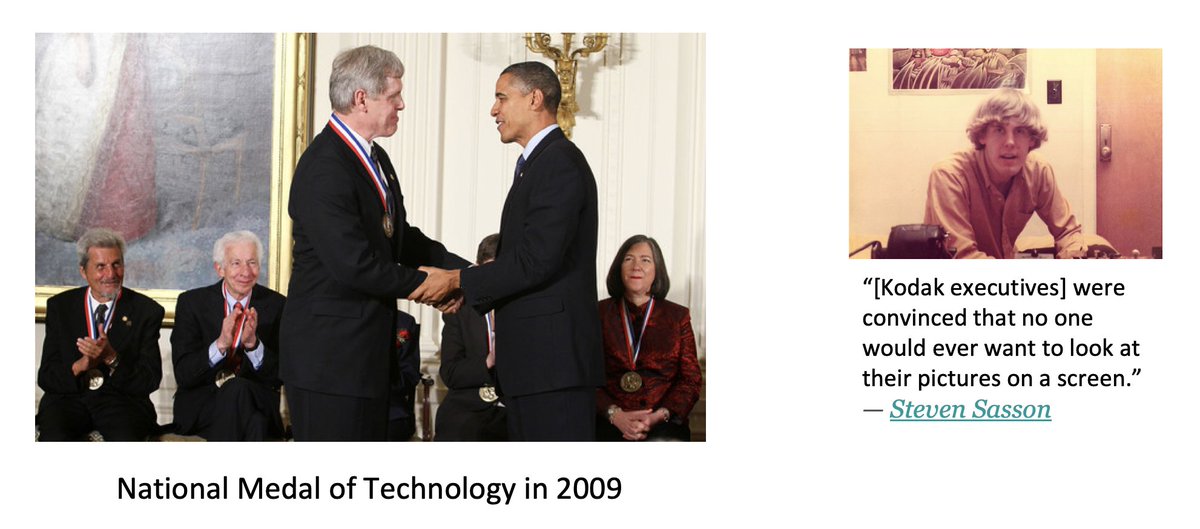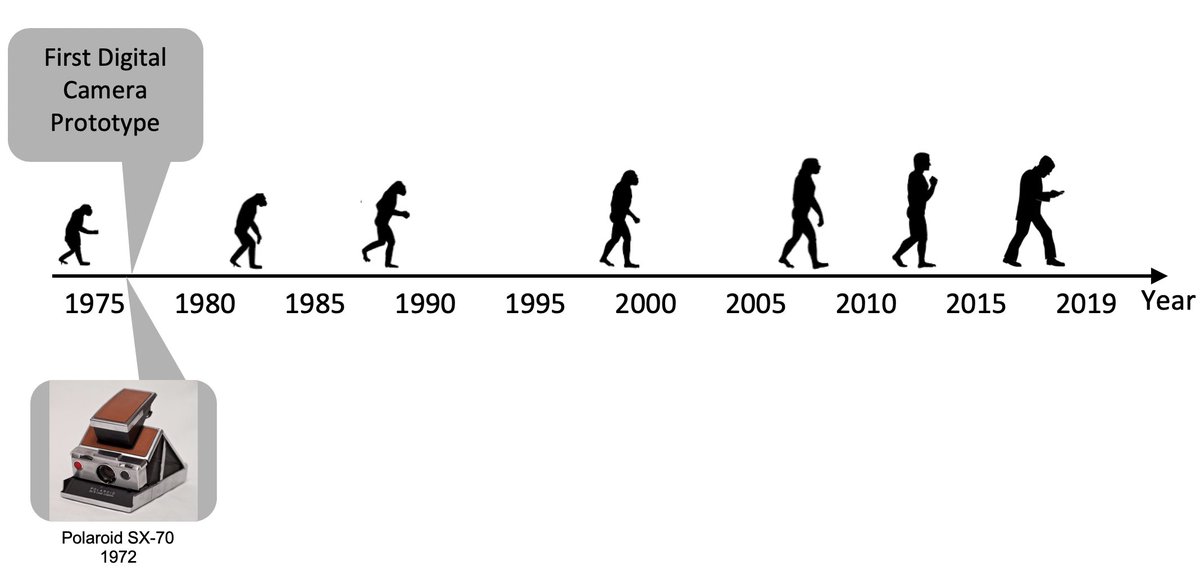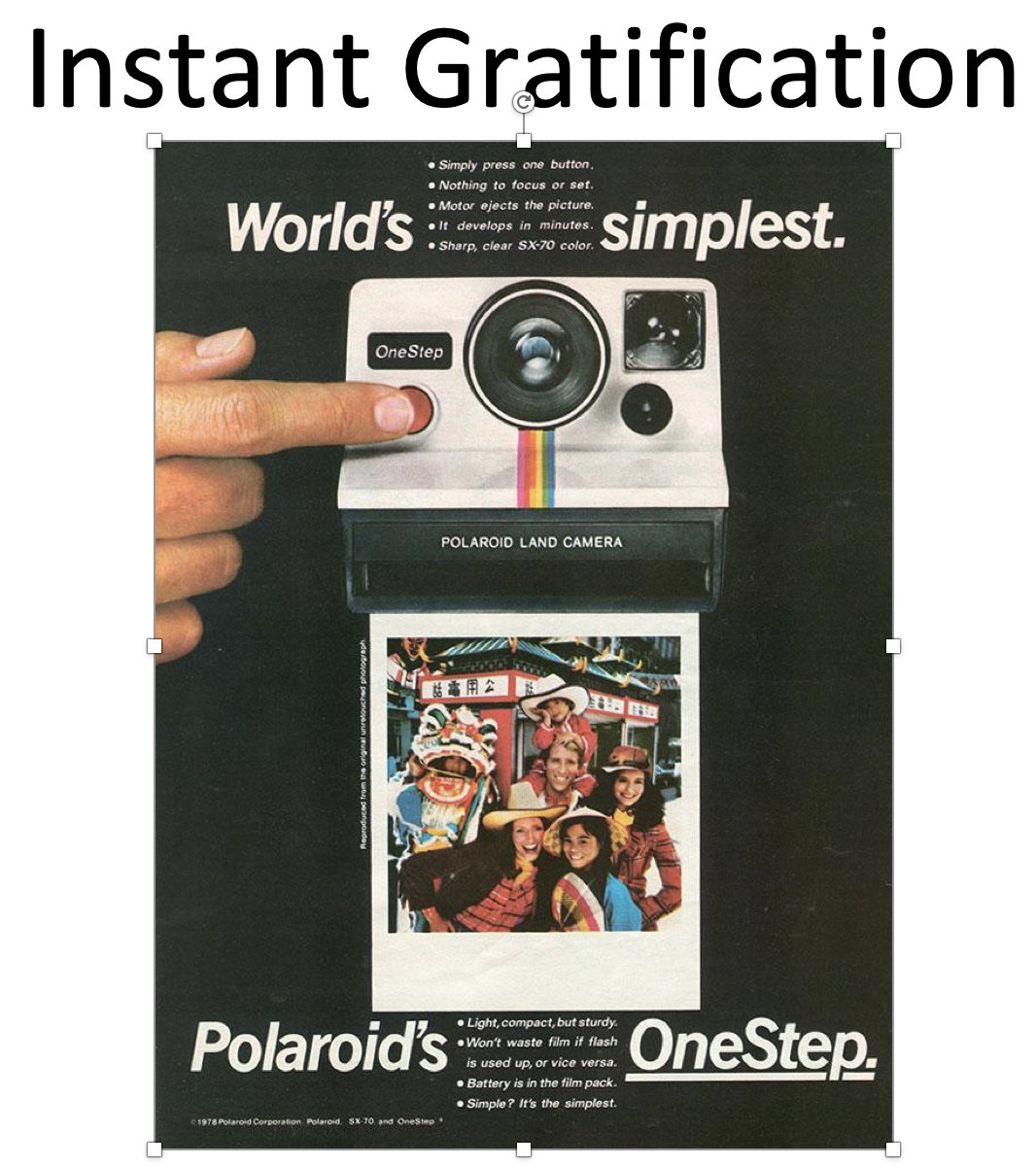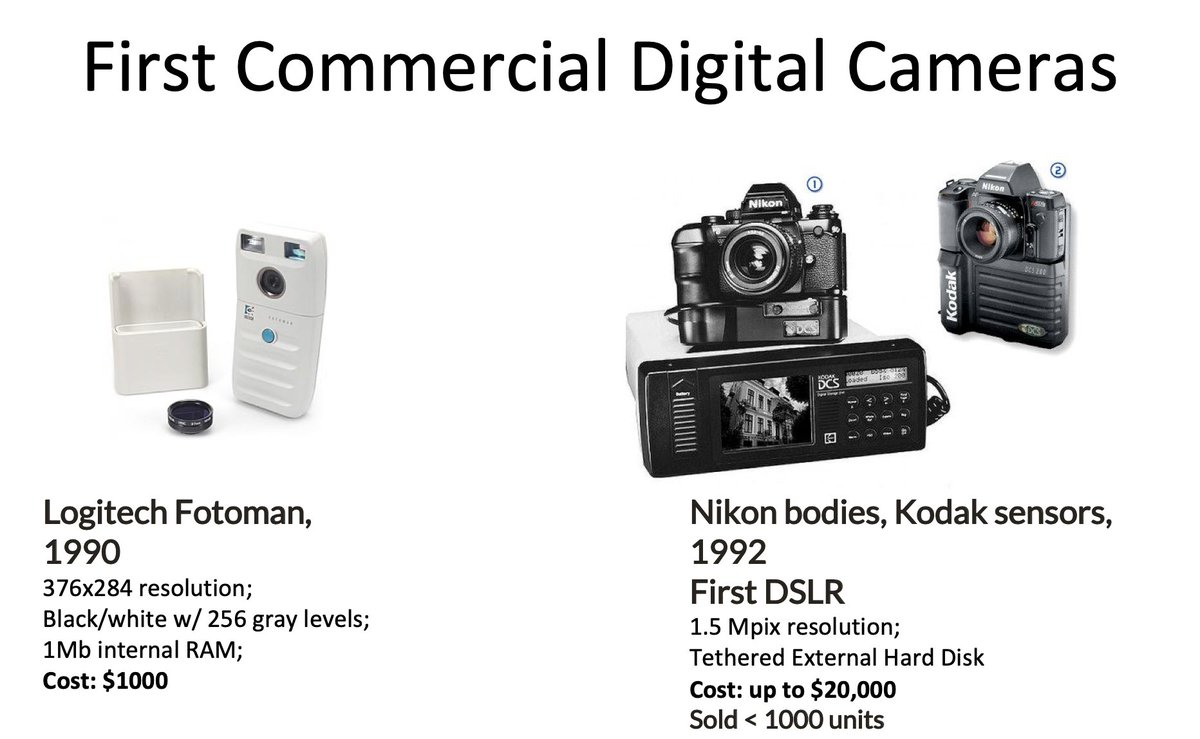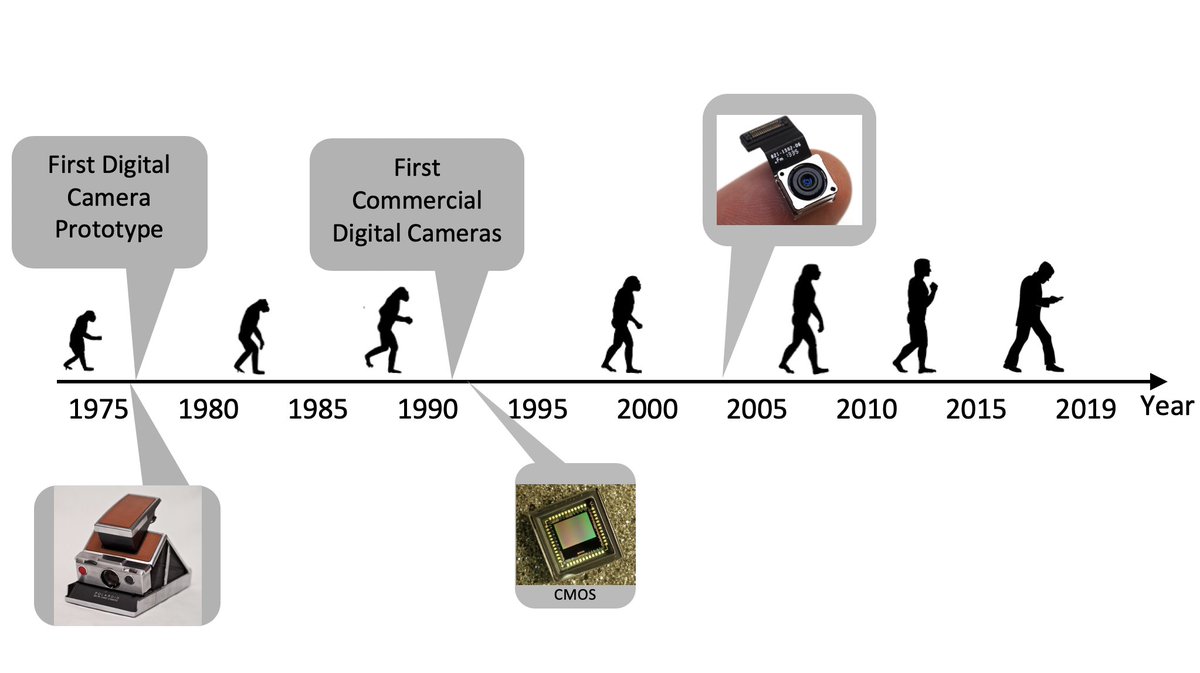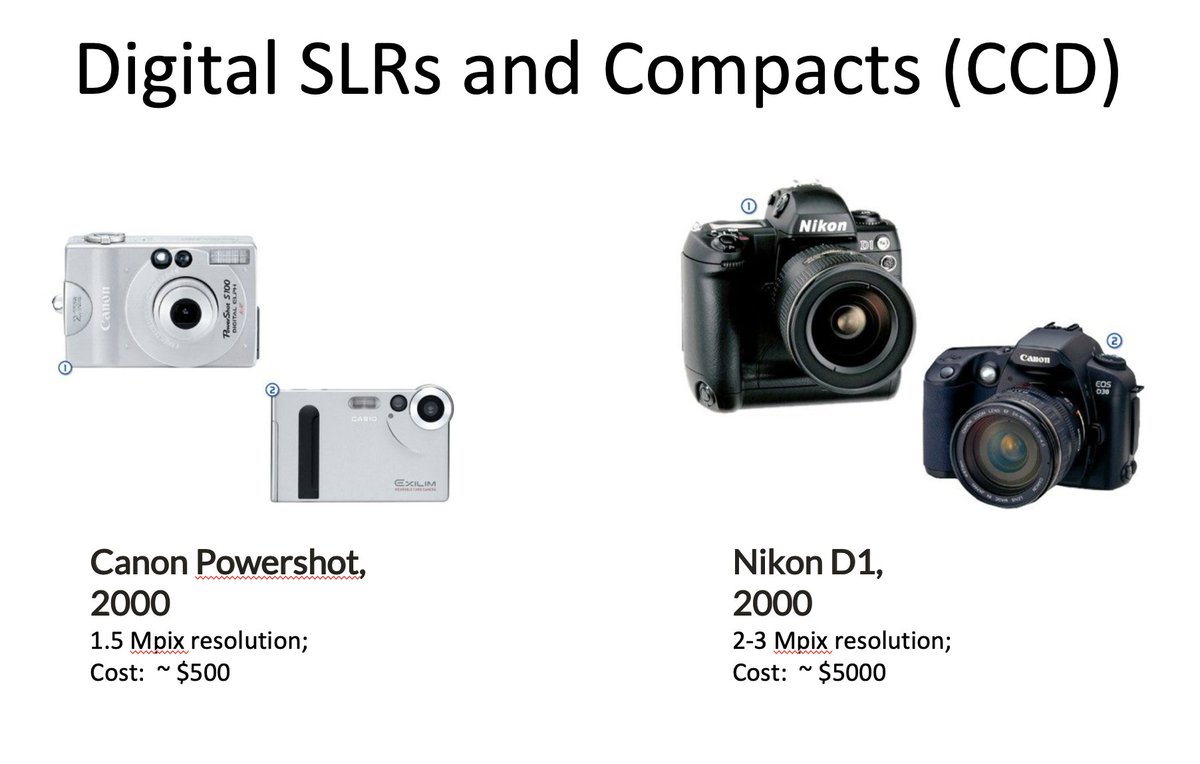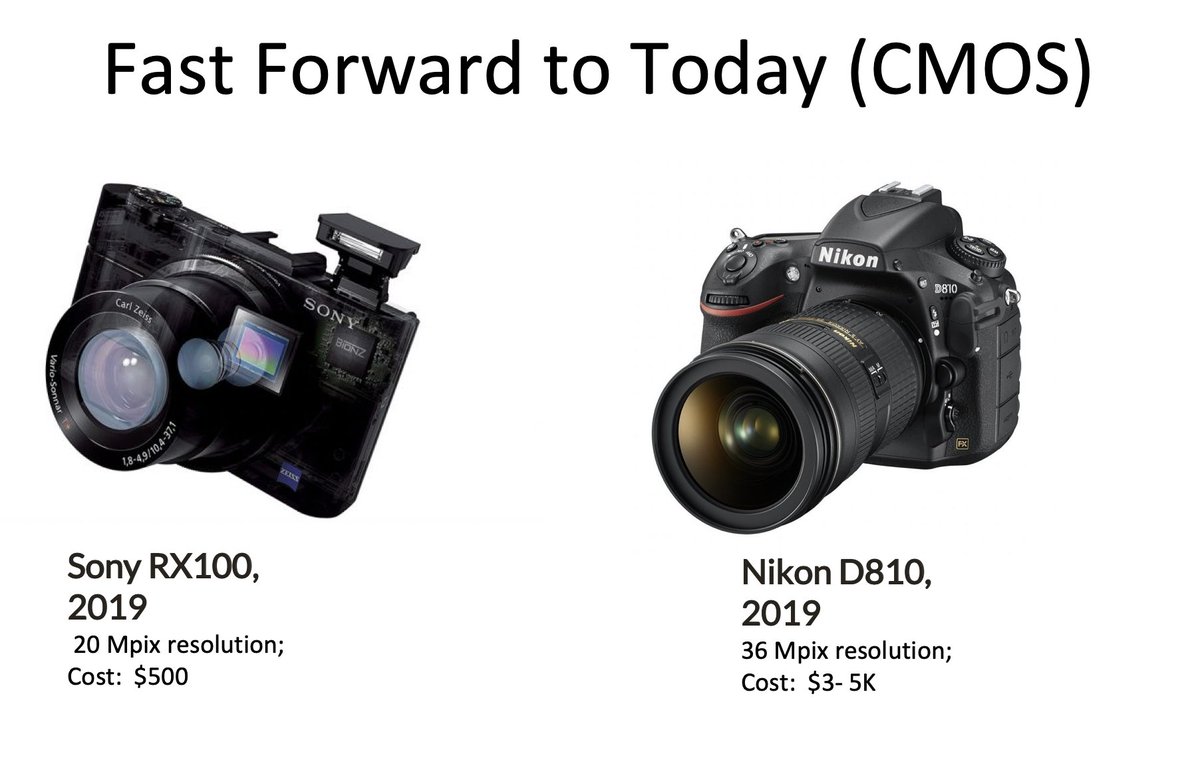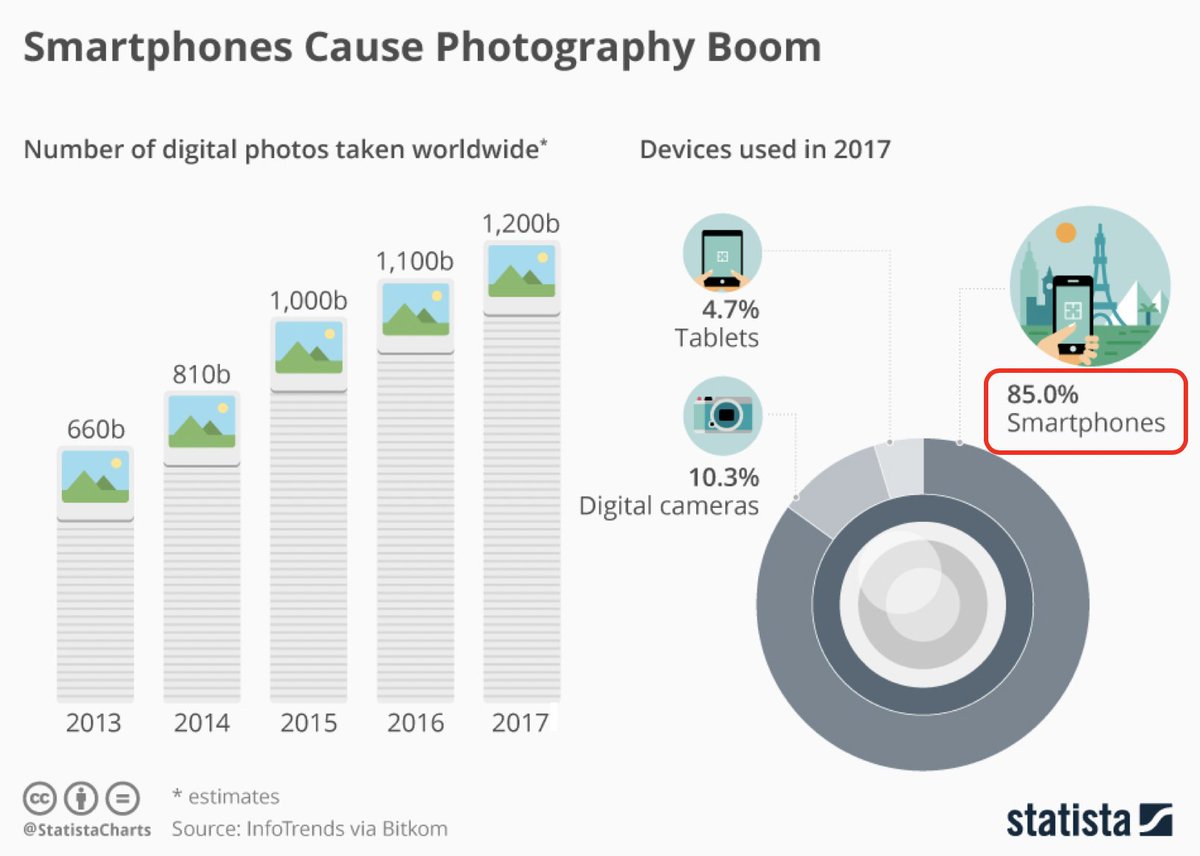(1/n) This is my brief and incomplete history of digital and computational photography.
Part I: From film to digital standalone cameras.
(Notes: These are based on a talk I& #39;ve given many times. Opinions are mine, not my employer& #39;s).
Part I: From film to digital standalone cameras.
(Notes: These are based on a talk I& #39;ve given many times. Opinions are mine, not my employer& #39;s).
(2/n) Smartphones have changed the world -- of this there is no doubt. Nearly everyone on earth who can afford to have one does. They& #39;ve spawned trillion-dollar economy & decimated the digital camera market.
(3/n) Most importantly, they changed the way we live, relate to others & the world. The first camera phone was sold in & #39;00 when taking pictures with your phone was an oddity, and sharing pictures online was unheard-of. In the decades that followed, we saw the world in a new way.
(4/n) Photography is historically fascinating, and many social aspects of photography have deep roots in the past.
But here, I& #39;ll mostly focus on the recent developments of the last two decades. Here& #39;s an over-simplified timeline.
But here, I& #39;ll mostly focus on the recent developments of the last two decades. Here& #39;s an over-simplified timeline.
(4/n) The 1st digital camera was built in & #39;75 by Steve Sasson at Kodak: “[Kodak execs] were convinced that no one would ever want to look at their pictures on a screen.” The image was captured on a cassette tape, which could then be shown on a TV screen via a playback computer.
(5/n) Though Sasson& #39;s invention was not widely appreciated at the time, 35 years later he received a long overdue recognition: The National Medal of Technology, the highest honor that can be given to an engineer by the President of the United States.
(6/n) Digital cameras would go on to fulfill a strong human craving for instant gratification. But make no mistake, this craving has its roots in the long past. Interestingly, the original Polaroid built for this very purpose became widely used around the same time.
(7/n) Digital cameras became commercially available in & #39;90. One of the very first was the Fotoman: with 0.1Mp and a steep price tag, it wasn& #39;t a big hit. Digital SLRs were heavy, awkward, and absurdly pricey. Some attached external storage had to be shoulder-carried separately.
(8/n) In the 90& #39;s all cameras were CCD based. But CMOS technology would eventually win over by being cheaper and more power efficient. While CMOS was introduced in & #39;93, it would be at least another decade before CMOS-based SOCs would enable mass affordable (and mobile) cameras.
(9/n) The early 2000& #39;s brought digital compacts and SLRs (still using CCDs.) The "point-and shoot" compacts introduced easy photography to the masses. Most people in their 20s (e.g. my kids) will remember their childhood thru photos on these compacts. SLRs were 10x more pricey.
(10/n) Interestingly, if we fast-forward to today for a comparison, the point-shoots are still about the same price, and DSLRs are still about 10x pricier. The difference? Optics are far better on both, w/ more pixels, and all use CMOS. i.e. we get far better value for the price.

 Read on Twitter
Read on Twitter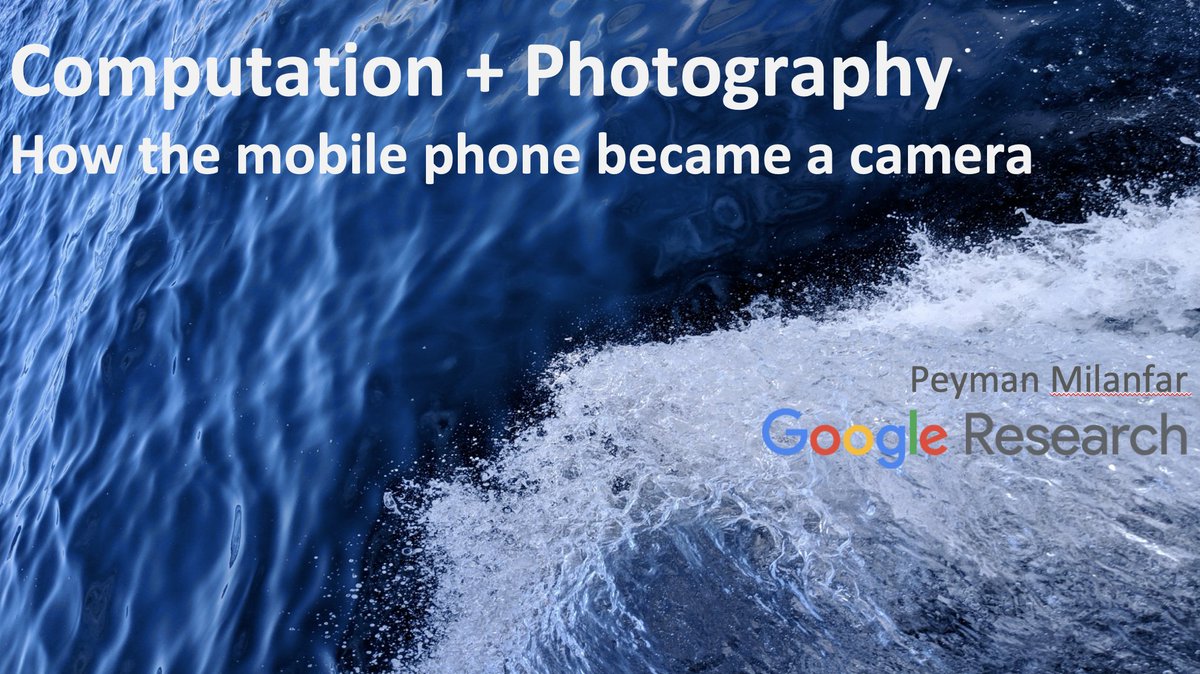
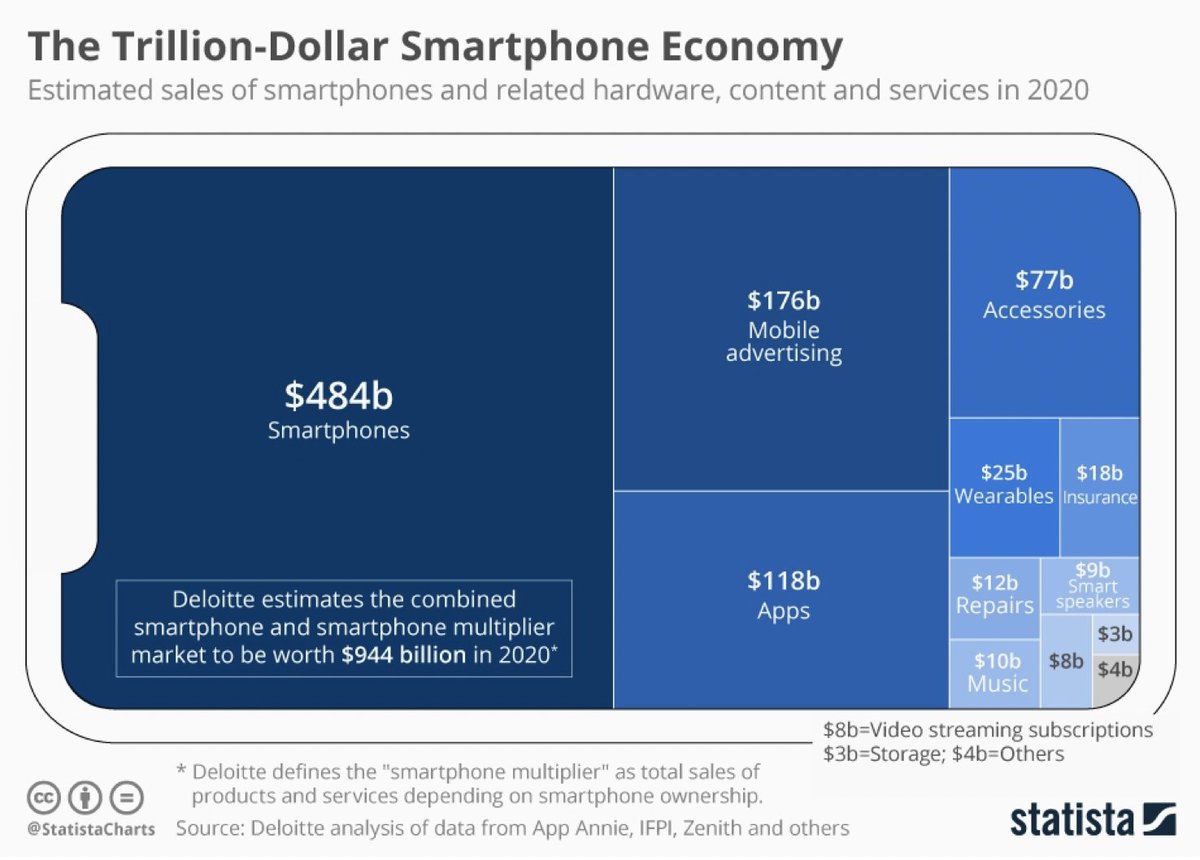
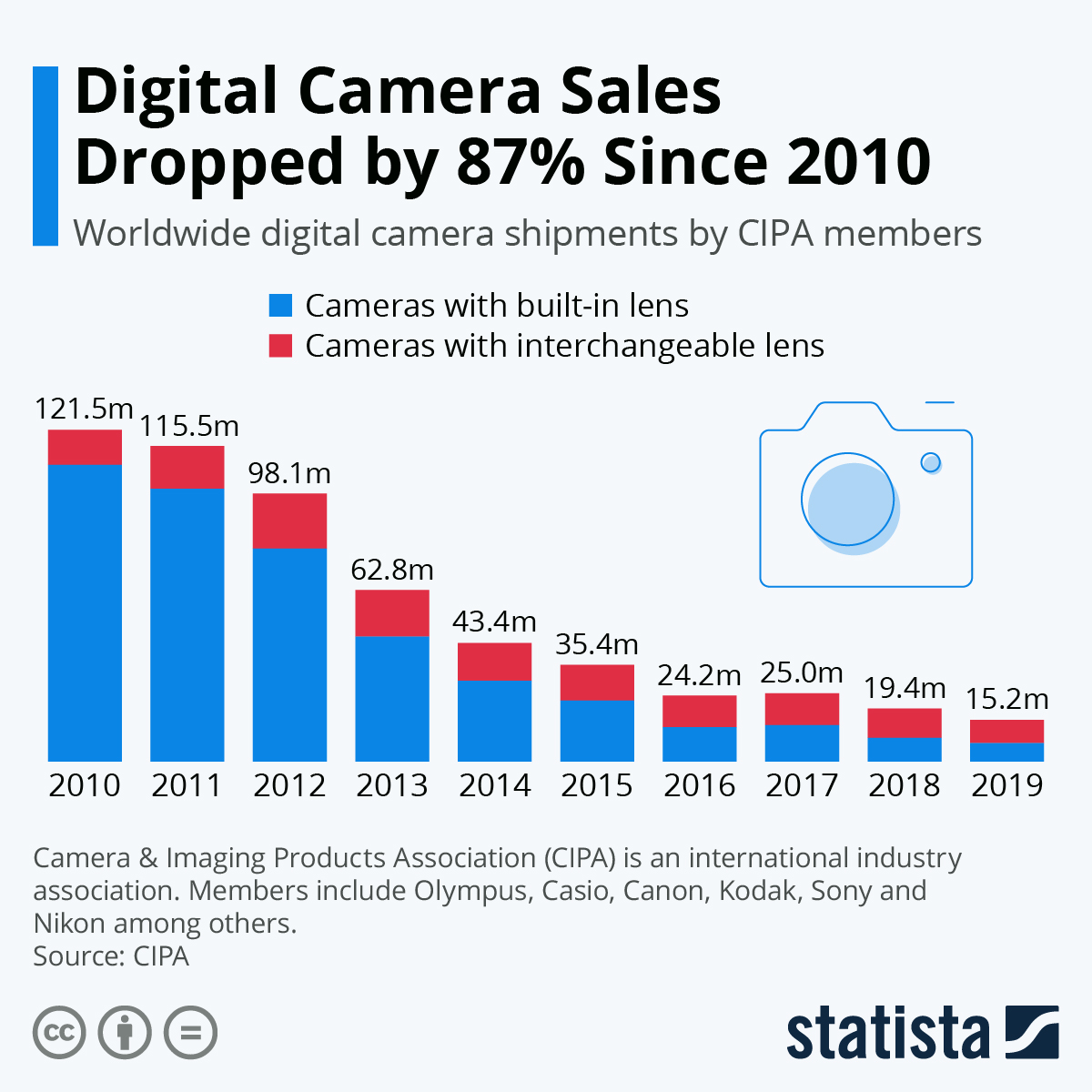
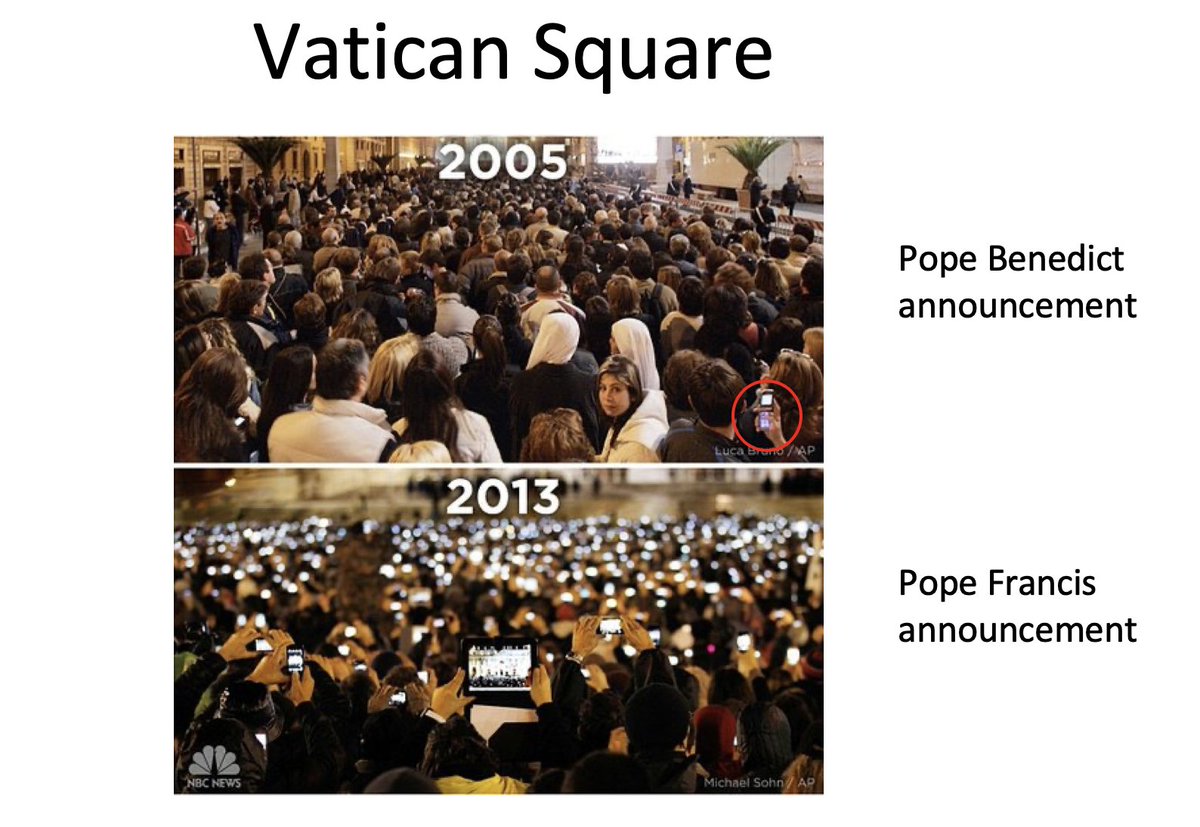
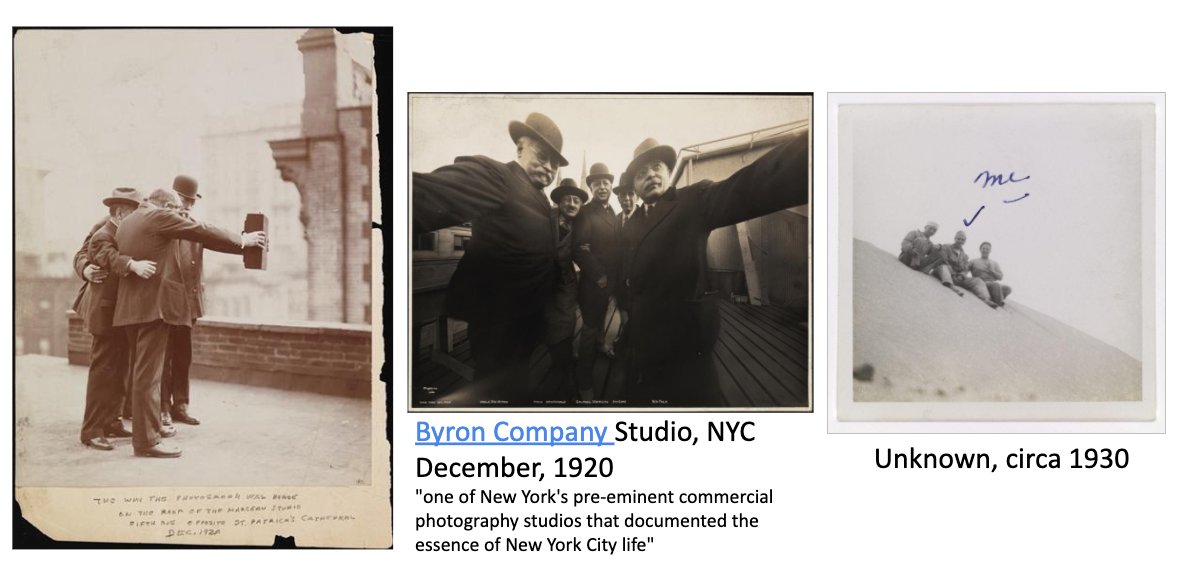
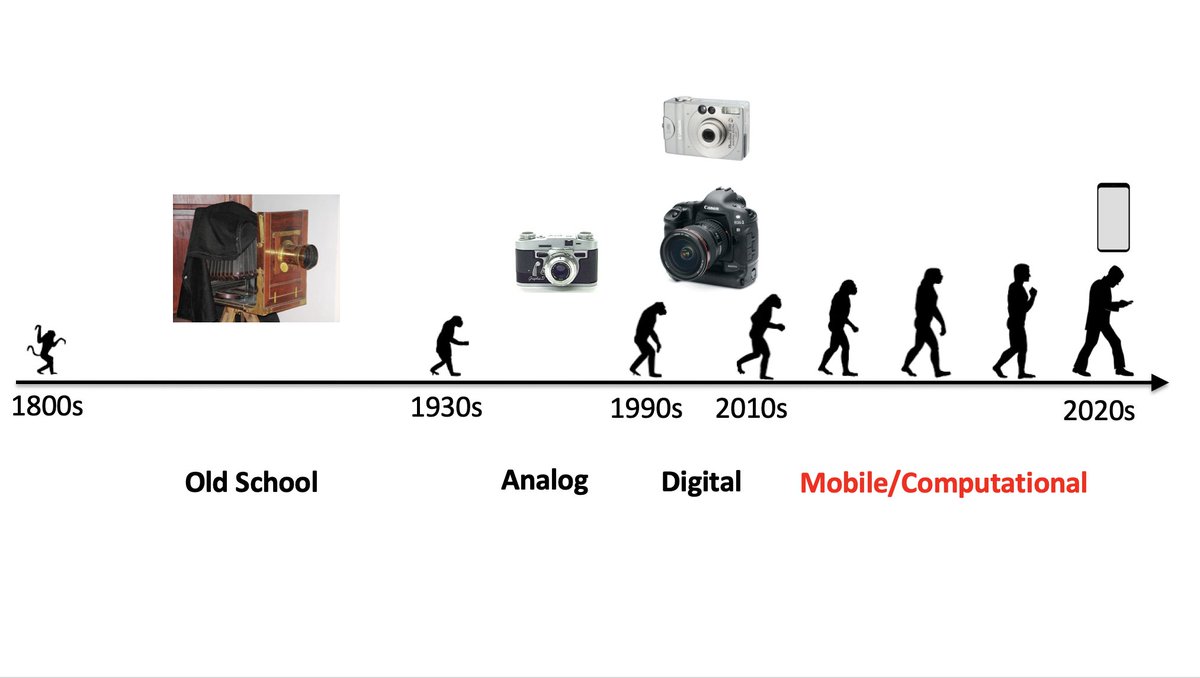
![(4/n) The 1st digital camera was built in & #39;75 by Steve Sasson at Kodak: “[Kodak execs] were convinced that no one would ever want to look at their pictures on a screen.” The image was captured on a cassette tape, which could then be shown on a TV screen via a playback computer. (4/n) The 1st digital camera was built in & #39;75 by Steve Sasson at Kodak: “[Kodak execs] were convinced that no one would ever want to look at their pictures on a screen.” The image was captured on a cassette tape, which could then be shown on a TV screen via a playback computer.](https://pbs.twimg.com/media/EU4Wpp3U8AAqnNP.jpg)
![(4/n) The 1st digital camera was built in & #39;75 by Steve Sasson at Kodak: “[Kodak execs] were convinced that no one would ever want to look at their pictures on a screen.” The image was captured on a cassette tape, which could then be shown on a TV screen via a playback computer. (4/n) The 1st digital camera was built in & #39;75 by Steve Sasson at Kodak: “[Kodak execs] were convinced that no one would ever want to look at their pictures on a screen.” The image was captured on a cassette tape, which could then be shown on a TV screen via a playback computer.](https://pbs.twimg.com/media/EU4Wq7KUcAAin--.png)
